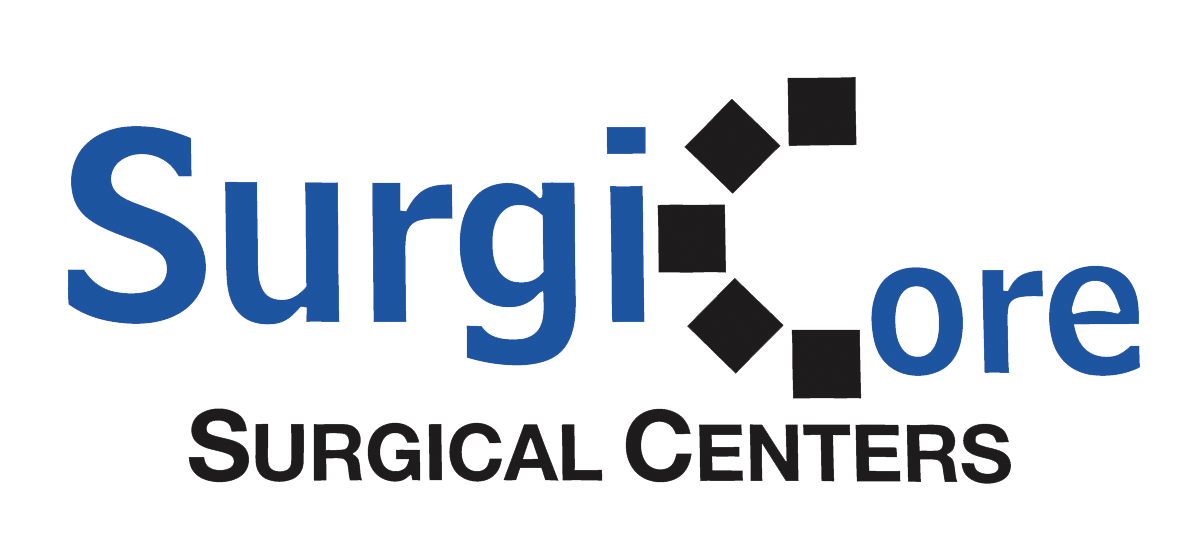New robot for skull base surgery alleviates surgeon's workload
/Credit: Bart van Overbeeke/Eindhoven University of Technology
Drilling out a hole in the skull base requires great precision and often takes many hours, a demanding procedure for a surgeon. Researchers from Eindhoven University of Technology (TU/e) have developed a surgical robot to take over this task. With sub-millimeter precision, the robot can automatically and safely mill a cavity of the desired shape and dimensions. Jordan Bos received his PhD on 16 April for the robot he designed and built. The robot is expected to perform its first surgery within five years.
Each year, surgeons trepanate more than 100,000 people worldwide, for example to treat infections or cancer, or to place a cochlear implant. This is a delicate task, because they come across quite a few structures that they must avoid, such as motor and sensory nerves, and structures of the inner ear. In addition, bone filings and blood impede the view through the microscope during the procedure. The surgeon must therefore work with extreme concentration, often for hours, in an uncomfortable posture.
At the request of ENT doctor and skull base surgeon Dirk Kunst of the Radboud UMC in Nijmegen, Jordan Bos developed a robot to take over at least part of these operations. He first visited about 20 skull base operations to study these interventions, and then devised about 20 concepts. He created a detailed design of the best concept and built a prototype, which is now ready, and with which the first technical tests have already been performed.
The robot, called RoBoSculpt, works on the basis of precise instructions from the surgeon, who accurately indicates the drill site on CT images of the patient's skull. The robot consists of an advanced arm that holds a surgical drilling tool. Before the operation, the patient's head is accurately fixed in position and then the robot mills the desired cavity.
Credit: Bart van Overbeeke/Eindhoven University of Technology
Burdensome task
Because the robot works faster than a surgeon in principle, the duration of an operation can be shortened. It is expected that the robot will make more accurate procedures possible, with shorter recovery times, and will result in fewer complications and recovery operations. That would make these kinds of operations less stressful for the patient and potentially less expensive. Surgeons benefit, as they are relieved from a burdensome task.
The robot is actually an advanced, computer-controlled milling machine, or a CNC milling machine, with seven axes of motion. Thanks to the high number of axes, the device is very accurate, and is notable for compactness, high level of stiffness, low weight and the minimal backlash on the axes. The robot can also be covered with a sterile cover, which is important in the operating room.
Skull base surgeon Dirk Kunst, who acted as co-supervisor for Bos, is enthusiastic about the robot. "This is an important step toward the operating room of the future. RoBoSculpt is an optimal collaboration between the surgeon and the machine; they really complement each other to achieve the best results for the patient. "
The first pre-clinical tests with the robot will start this year at the Radboud UMC. The first operation on a patient could take place in two to three years. A possible first procedure would have the robot perform the preparatory work, and the surgeon conduct the crucial final drilling, in order to gain experience safely with the robot. The company Eindhoven Medical Robotics plans to commercialize the technology, in a partnership with TU/e.
A robot that is pre-programmed to perform a surgical procedure is a new development. Nevertheless, Bos does not think that robots will be able to carry out all sorts of other operations in the short term. "The design of this robot is only applicable to precision applications for hard structures in the human body, specifically bones. Soft tissue cannot be fixed with enough precision."
Read more at: https://phys.org/news/2018-04-robot-skull-base-surgery-alleviates.html#jCp



